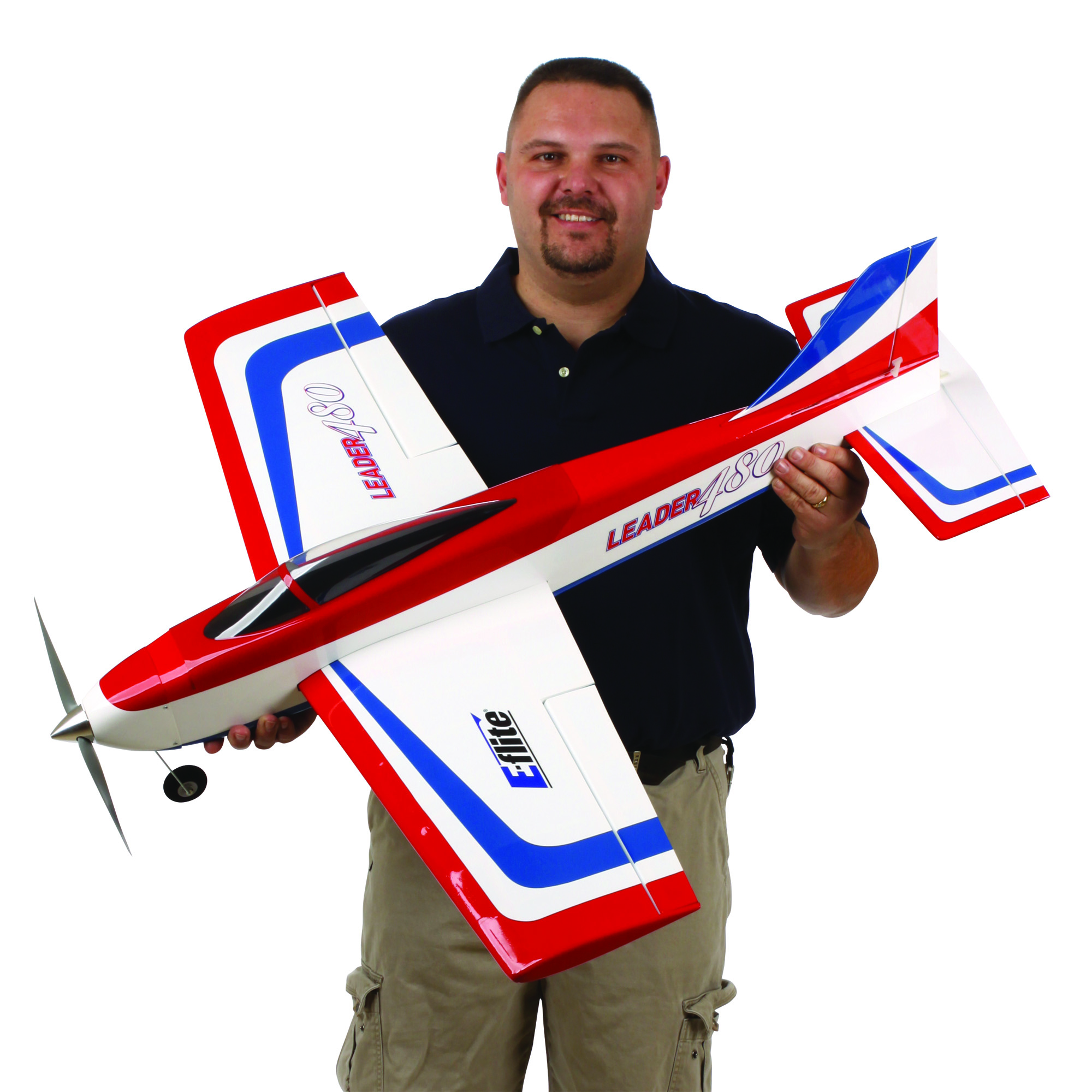Discontinued
Leader 480 ARF, 43"
Skill Level 3
E-flite - EFL3000
Product Details
In The Box
Leader 480 ARF1
Needed to Complete
4+ Channel Transmitter and Receiver
Electric Motor and ESC
4 Sub-Micro Servos
11.1V 3S Li-Po Battery Pack (1800-2200mAh)
Li-Po compatible battery charger
Propeller

Leader 480 ARF, 43" Video Overview
Product Details
In The Box
Leader 480 ARF1
Needed to Complete
4+ Channel Transmitter and Receiver
Electric Motor and ESC
4 Sub-Micro Servos
11.1V 3S Li-Po Battery Pack (1800-2200mAh)
Li-Po compatible battery charger
Propeller
